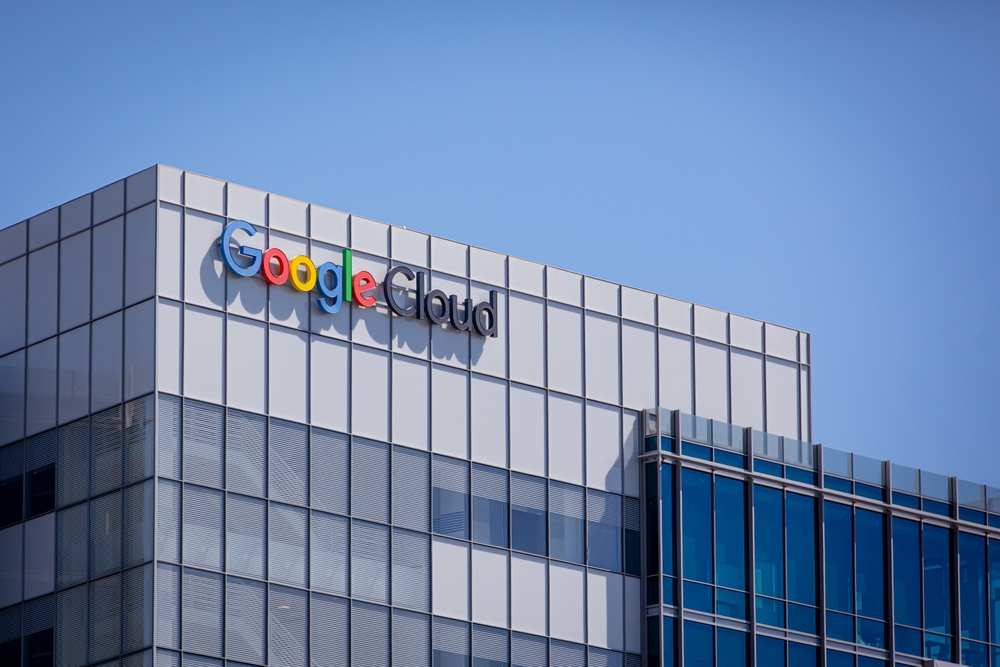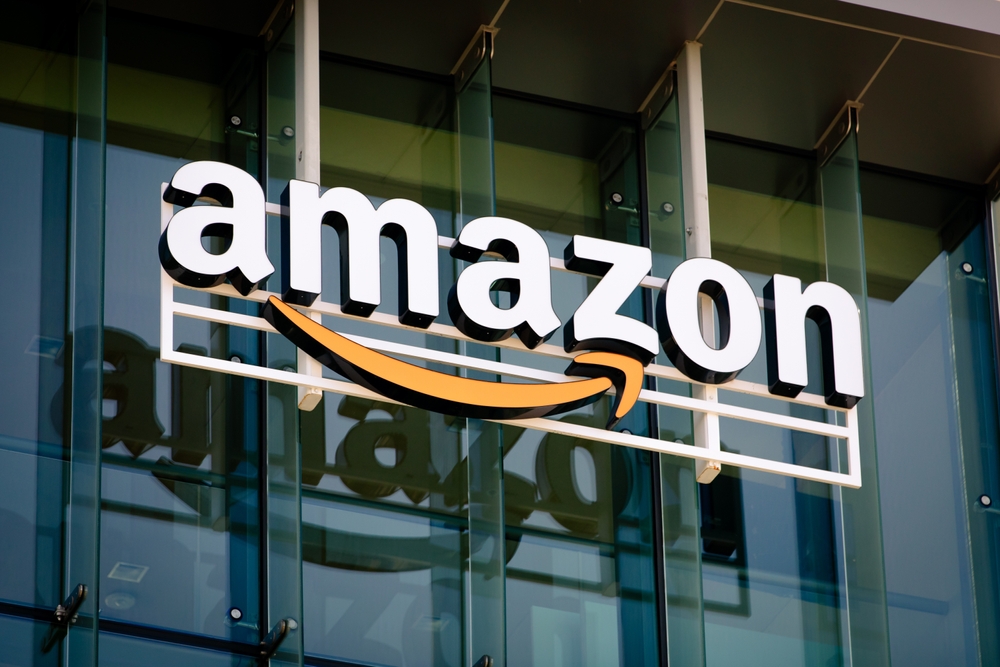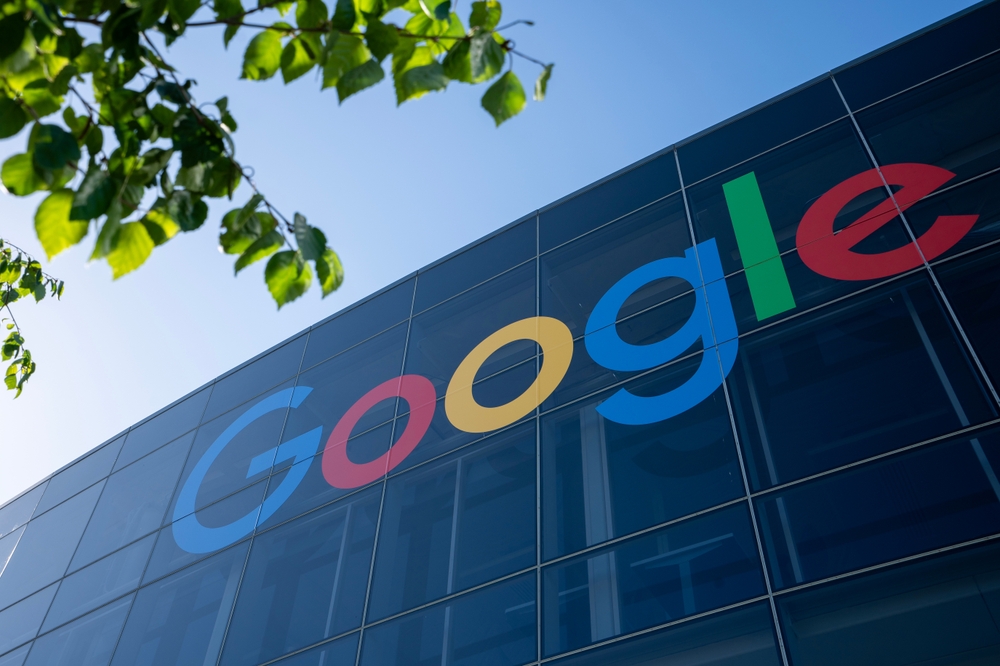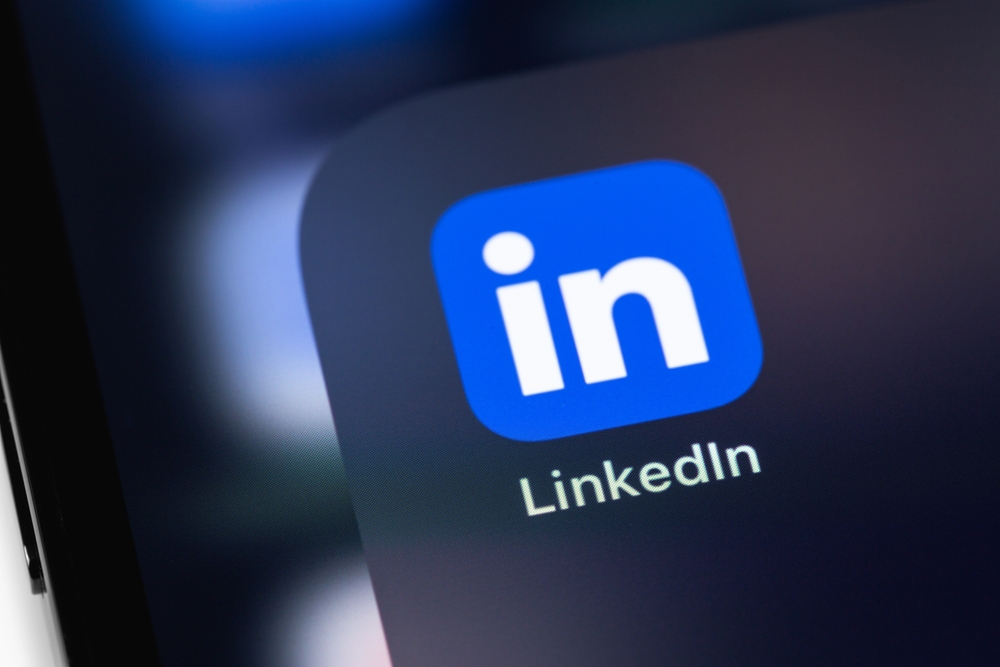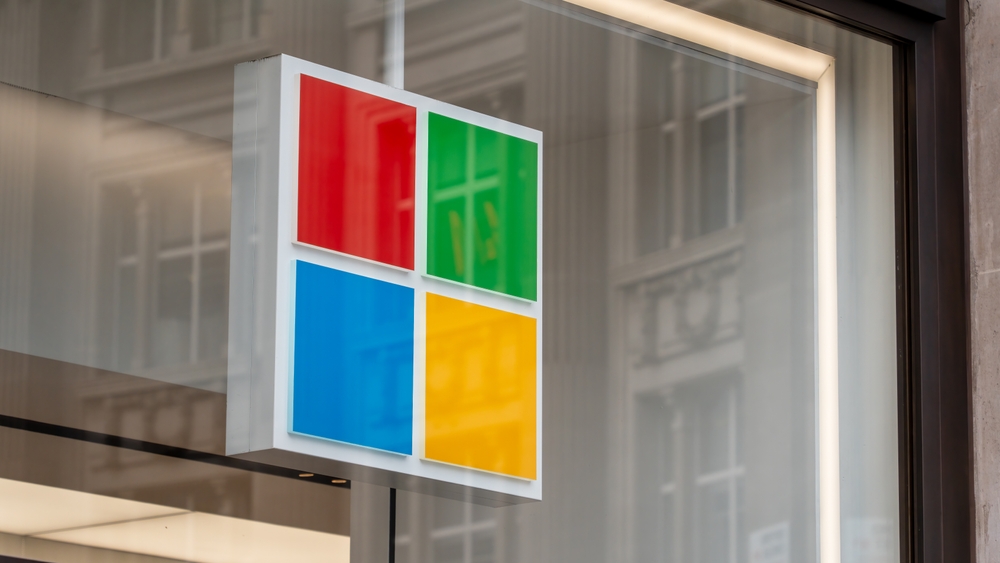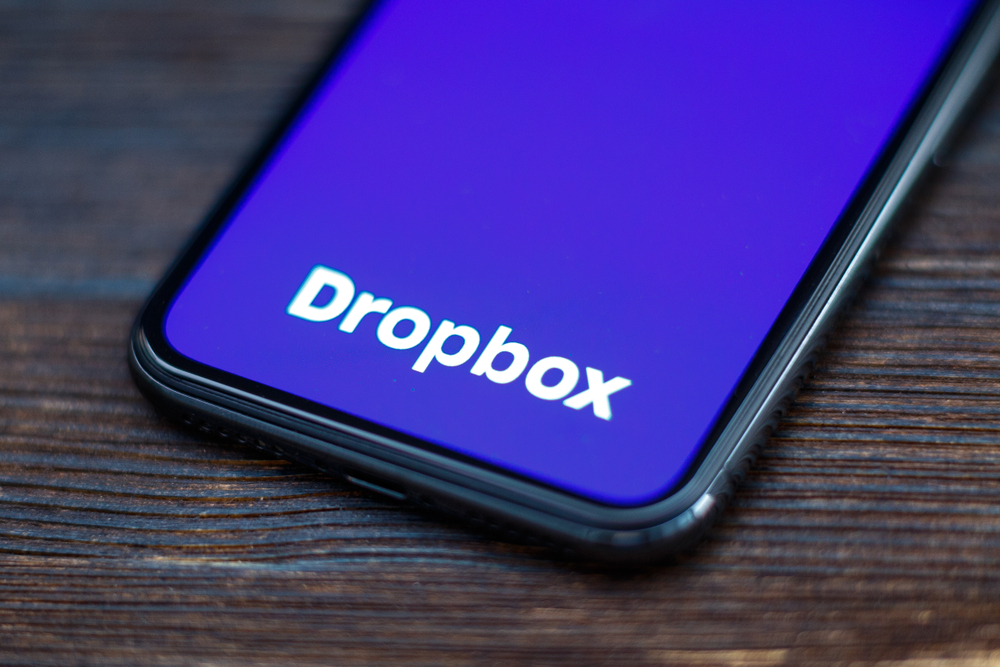Consumer Watchdog Moves to Place Google Under Federal Supervision for the First Time
The Consumer Financial Protection Bureau (CFPB) has begun the process of placing Google under federal supervision, a bold step that could set new precedents for how the U.S. government oversees the growing influence of tech giants. If successful, this initiative would subject Google to regular inspections and scrutiny, offering a framework for regulating large tech companies involved in financial services.
The Growing Scope of Financial Oversight
While the full scope of the CFPB’s actions remains unclear, it is part of a broader push to bring tech firms like Google, which offer financial products, under similar oversight as traditional financial institutions. Google Pay and other financial tools from the tech giant are likely at the center of the agency’s interest. According to sources in The Washington Post, Google has been fighting this move for months, resisting the scrutiny that would come with being placed under the CFPB’s supervision.
Established in 2008 in response to the financial crisis, the CFPB’s mission is to protect consumers from unfair and deceptive financial practices. Although the bureau traditionally oversees banks and credit unions, Director Rohit Chopra has extended his focus to tech companies involved in the financial sector. In 2021, the CFPB launched an investigation into the payment systems of major companies like Amazon, Apple, Facebook, Google, PayPal, and Square.
Implications for the Tech Industry
The move to oversee Google could have far-reaching consequences, not just for the company but for the entire tech industry. If successful, the CFPB’s actions could pave the way for increased government scrutiny of other tech giants providing financial services. This could lead to more rigorous regulations, ensuring consumer protection and financial transparency in the tech space.
Political Shifts Could Influence Oversight Efforts
However, the future of this initiative may depend on political changes. With the potential return of Donald Trump to the presidency in 2025, the direction of tech oversight could be subject to change, adding uncertainty to the ongoing process.
NLRB Stands Up for Workers’ Rights: Amazon’s Anti-Union Meetings Are Out
The National Labor Relations Board (NLRB) has determined that Amazon’s practice of holding mandatory “captive-audience meetings” to share anti-unionization views is a violation of the National Labor Relations Act (NLRA). This decision marks a pivotal moment in labor rights, emphasizing the protection of workers’ freedom to choose union representation without undue pressure.
Captive-Audience Meetings Undermine Free Choice
The NLRB ruling highlights the potential coercion in these employer-led meetings, where employees are compelled to listen to management’s anti-union messages under the threat of disciplinary action. According to NLRB Chairman Lauren McFerran, such meetings “undermine” the ability of workers to make independent choices regarding unionization. She added, “Today’s decision better protects workers’ freedom to make their own choices in exercising their rights.”
New Guidelines for Employer-Employee Interactions
While employers, like Amazon, are still allowed to discuss unionization, the new guidelines require that such discussions must be voluntary, with workers given advance notice and the clear option to opt out without repercussions. Furthermore, attendance records can no longer be kept to monitor participation. These measures aim to create a more balanced and non-coercive environment for unionization discussions.
Implications for Amazon and Big Tech
The ruling primarily impacts Amazon, which has faced repeated challenges over its handling of union efforts. However, the decision could have broader implications for other major tech companies that have employed similar tactics. The NLRB’s decision strengthens protections for workers across industries, signaling that employers must respect the autonomy of employees in their decisions about union representation.
For further details on this groundbreaking decision, visit the full article on Engadget.
Trump’s Re-Election Sends US Stocks to New Heights, Boosting Dollar and Bitcoin
US stocks surged to record highs, while the dollar and Bitcoin also posted impressive gains after Donald Trump’s unexpected re-election victory, marking a significant turning point in the global markets. As Wall Street celebrated the political shift, investors were betting that Trump’s fiscal policies would ignite growth despite concerns over inflationary pressures.
Wall Street Rallies, Dollar Soars to New Heights
The major US stock indexes closed at new peaks, with bank stocks leading the charge. The dollar surged by approximately 1.65% against a basket of global currencies, including the pound, euro, and yen. The British pound dropped by 1.16% against the US dollar, hitting its lowest point since August. The euro also faced a significant setback, falling 1.89% against the dollar. Meanwhile, the Japanese Nikkei 225 index ended the session up by 2.6%, and European markets saw mixed results with the German DAX and French CAC 40 closing in the red.
Bitcoin Breaks Records Amid Political Shifts
Bitcoin reached an all-time high, briefly touching $75,999.04, a jump of more than $6,600. The cryptocurrency surge is largely attributed to Trump’s commitment to making the US the “Bitcoin superpower of the world.” Unlike the Biden administration’s crackdown on crypto firms, Trump has pledged to create a more favorable environment for digital currencies. His stance is already having a ripple effect, with major backers like Tesla’s Elon Musk reaffirming support. Musk’s Tesla shares surged over 14%, marking a two-year high, fueled by Musk’s public endorsement of Trump and Bitcoin.
Global Reactions to Trump’s Trade Policies
Despite the market’s enthusiasm, Trump’s economic policies are raising concerns, particularly in global trade. His proposals to increase tariffs, especially on China, are seen as a potential economic shock. Economists have warned that such policies could slow growth in countries like the UK and the EU. Chancellor Rachel Reeves of the UK emphasized the importance of free and open trade, cautioning against protectionist measures that could undermine global economic stability.
Looking Ahead: Focus on Inflation and Interest Rates
With inflation concerns rising, investors are closely watching the Federal Reserve’s next move. Trump’s tax cuts and tariffs are expected to increase inflation, prompting speculation about prolonged high interest rates. Jerome Powell, the Fed chair, will soon provide clarity on monetary policy, a key factor influencing global markets in the coming months.
For further details, read the full article here.
AI-Powered Search Gains Ground: Google Expands Summaries Across 100 Countries
Google has announced an exciting expansion of its AI Overviews feature in Search, making it available to users across more than 100 countries. In a recent blog post, the tech giant revealed its ambitious goal to reach 1 billion users each month with this innovative tool, which has proven to be popular among users. Additionally, the company is broadening language support, allowing users to access AI Overviews in any language available, regardless of their country. For instance, users in Japan can now utilize AI Overviews in languages other than just Japanese.
So, what are AI Overviews? This feature, powered by Google’s Gemini AI model, generates concise summaries for a wide range of search queries. When Google’s systems identify an inquiry where generative AI can add value, a summary appears prominently at the top of the search results. This functionality extends beyond simply answering questions; users can leverage AI Overviews for various purposes, such as meal planning, vacation organizing, and brainstorming ideas.
This latest update builds on a series of enhancements since AI Overviews were first introduced in May. One of the most significant recent updates allowed users to click on links within the AI Overview text, enabling direct access to supporting websites. According to Google, this change has led to an increase in traffic to those sites. However, some publishers express concern that AI Overviews might diminish their traffic by presenting information upfront, reducing the need for users to visit original content sources.
The move towards integrating more AI into Search is consistent with Google’s ongoing strategy, although it has not been without controversy. Instances of the AI providing misleading information—such as an incorrect suggestion to put glue on pizza—have prompted Google to implement additional safeguards to improve the accuracy of AI Overviews.
For more details on this development, visit the full article on Engadget. As Google continues to evolve its Search capabilities, users can anticipate an increasingly powerful tool at their fingertips, with the potential to make information retrieval faster and more efficient.
Ads Galore: Amazon Prime Video Plans More Commercials in 2024—At an Extra Cost
Amazon Prime Video is ramping up its advertising efforts, with changes set to roll out early next year. This news, reported by the Financial Times, follows a less-than-a-year-old initiative where ads were first introduced on the platform.
The growing trend of advertising on streaming services is not surprising, as nearly all major players have adopted similar strategies to boost revenue. However, it raises questions about user experience. Amazon customers already pay for Prime subscriptions, only to face the addition of ads that disrupt their viewing experience. The exact number and placement of these ads in upcoming shows, such as Reacher, remain unclear, as traditional streaming content isn’t designed with advertising breaks in mind.
Amazon’s advertising venture has proven lucrative, with the company reportedly securing over $1.8 billion in advertising commitments during a preview event in September. This figure surpassed the company’s expectations. In the UK alone, Prime Video’s ad-supported tier boasts around 19 million users each month, and the U.S. numbers exceed 100 million users monthly.
Kelly Day, Vice President of Prime Video International, explained that the initial rollout of ads was a strategic decision for a “soft entry into advertising.” She noted that there hadn’t been a noticeable increase in subscriber opt-outs or cancellations following the introduction of ads. “We know it was a bit of an unconventional approach,” Day stated, emphasizing the positive reception of the ads thus far.
Despite the influx of ads, an Amazon spokesperson reassured viewers that the platform still intends to offer “significantly fewer ads than linear TV and other streaming providers.” In a bid to enhance viewer engagement, Amazon is also planning to launch an interactive ad experience, allowing viewers to add items directly to their cart from the video stream, further merging shopping with entertainment.
For those who wish to stay updated on this evolving story, you can read more at Engadget. As the streaming landscape shifts, subscribers will have to navigate the balance between content and commercials.
Data Breach Fallout: EU Slaps LinkedIn with Massive Fine Over Privacy Violations
In a landmark ruling, the European Union has fined LinkedIn €310 million (approximately $334 million) after the Irish Data Protection Commission (DPC) found the platform guilty of mishandling members’ personal data for targeted advertising. This hefty penalty underscores the importance of obtaining proper consent and adhering to the strict requirements set forth by the General Data Protection Regulation (GDPR).
The DPC’s investigation revealed that LinkedIn failed to establish a lawful basis for processing users’ data, which includes demonstrating legitimate interest or contractual necessity. DPC Deputy Commissioner Graham Doyle emphasized the gravity of the violation, stating, “The lawfulness of processing is a fundamental aspect of data protection law, and processing personal data without an appropriate legal basis is a clear and serious violation of a data subject’s fundamental right to data protection.”
This decision is rooted in a complaint lodged back in 2018 by the French non-profit organization La Quadrature Du Net. The complaint prompted an inquiry into whether LinkedIn’s practices were compliant with GDPR standards regarding the lawful, fair, and transparent processing of personal data. Initially filed with the French Data Protection Authority, the case was subsequently transferred to the DPC due to LinkedIn’s European headquarters being located in Ireland.
In response to the ruling, a LinkedIn spokesperson commented, “Today, the Irish Data Protection Commission (IDPC) reached a final decision on claims from 2018 about some of our digital advertising efforts in the EU. While we believe we have been in compliance with the GDPR, we are working to ensure our ad practices meet this decision by the IDPC’s deadline.”
Looking ahead, LinkedIn must demonstrate compliance with the DPC’s orders and improve its data handling practices. The company faces a significant challenge in aligning its advertising strategies with the stringent data protection laws of the EU, but failure to do so could result in further legal ramifications.
For more details on this story, check out the full article on Engadget. As the digital landscape continues to evolve, this ruling serves as a stark reminder for all companies operating within the EU about the critical need for transparency and compliance in data management.
A Raise Amidst the Ruins: Nadella’s $79.1 Million Pay Increase Sparks Controversy at Microsoft
CEO Satya Nadella’s compensation package has surged by 63%, totaling a staggering $79.1 million. This substantial increase comes despite a backdrop of mass layoffs and significant cybersecurity breaches that have plagued the tech giant.
Compensation Breakdown Amidst Controversy
According to Microsoft’s latest regulatory filings, approximately 90% of Nadella’s pay consists of company shares, reflecting his ongoing connection to the company’s stock performance. Notably, this figure could have been even higher—by $5 million—had Nadella not requested a pay cut, citing “personal accountability” following the fallout from Microsoft’s cybersecurity failures.
In March, the U.S. Cyber Safety Review Board criticized Microsoft’s security measures, highlighting deficiencies in its response to a significant breach involving a Chinese hacking group that compromised the email accounts of 25 organizations, including several government agencies. Microsoft President Brad Smith publicly acknowledged the company’s shortcomings before Congress, expressing the need for improvement.
Cybersecurity Failures and Layoffs
Adding to the tumult, Microsoft disclosed that it was also targeted by a Russian state-sponsored group known as Midnight Blizzard, which led to the compromise of a small number of corporate email accounts. These incidents prompted Microsoft to announce a comprehensive review of its cybersecurity protocols, which includes the establishment of six key “security pillars” aimed at enhancing its defenses against future threats.
This year has also seen Microsoft undertake major layoffs, cutting 1,900 jobs at Activision Blizzard and Xbox in January, followed by an additional 650 positions last month. Since acquiring Activision Blizzard for $69 billion in October 2023, the company has eliminated over 2,500 jobs and shuttered four game studios, marking a turbulent period for its workforce.
Executive Pay Increases Amidst Employee Struggles
Despite these setbacks, Nadella is not alone in his lucrative pay increase; Chief Financial Officer Amy Hood’s compensation rose by 30% to $25.8 million, while President Brad Smith received a 29% increase, bringing his package to $23.4 million.
As Microsoft navigates these complex challenges, Nadella’s significant pay raise has raised eyebrows, reflecting a disconnect between executive compensation and the experiences of employees facing layoffs and organizational upheaval. For more details on this story, visit PC Gamer.
Alphabet Backs Waymo with Billions: Autonomous Taxis Headed to Austin and Atlanta
Waymo, the autonomous driving subsidiary of Alphabet, has successfully raised $5.6 billion in an oversubscribed investment round, marking a significant milestone in the company’s journey towards expanding its driverless taxi services. This latest funding, largely backed by Google’s parent company, is poised to fuel Waymo’s growth into Austin and Atlanta by early next year.
This investment underscores Waymo’s ambitious plans to broaden its operational footprint beyond its current markets, which include San Francisco, Los Angeles, and Phoenix. The funding will primarily support the launch and establishment of services in these new cities, where Waymo aims to replicate its successful models already in place. The latest capital infusion brings Waymo’s total funding to a remarkable $11.1 billion, following earlier rounds that secured $5.5 billion in 2020 and 2021.
Waymo’s current offerings include a curbside transport service connecting passengers to Sky Harbor International Airport via its Waymo One driving system, a testament to its commitment to providing seamless transport solutions. The company has also recently announced the introduction of fully autonomous freeway operations in both Phoenix and San Francisco, highlighting its technological advancements in the driverless space.
In addition to geographic expansion, this new funding will enable Waymo to enhance its Waymo One system, which is designed to support a variety of business applications over time. The company expressed its intent to diversify its offerings, making its autonomous technology accessible to a broader array of sectors.
Notably, Alphabet invested $5 billion in Waymo back in July, a strategic move that CFO Ruth Porat characterized as a “multi-year investment” into the future of autonomous transport. With a fleet that has logged over 25 million miles, Waymo is setting the pace in the driverless vehicle industry, surpassing competitors like Uber, which sold its self-driving unit four years ago before aligning with Waymo.
For further details on this exciting development, check out the full article on Engadget. As Waymo gears up for its expansion, the evolution of autonomous driving continues to capture the public’s imagination.
Qualcomm’s Stock Dips as Arm Scraps License, Opening a New Chapter in the Legal War
Arm Holdings Plc has announced the cancellation of its architectural license agreement with Qualcomm Inc. The move, which has sent shockwaves through the semiconductor industry, could significantly impact both companies, as well as the broader smartphone and personal computer markets.
A 60-Day Notice of Cancellation
Arm, based in the UK, issued Qualcomm a 60-day notice to terminate the license, according to documents obtained by Bloomberg. This agreement has allowed Qualcomm to design its own chips using Arm’s proprietary technology, a crucial asset in the development of processors used in Android smartphones. The termination of this license comes after a series of legal clashes that began when Arm sued Qualcomm for breach of contract and trademark infringement in 2022.
Potential Market Disruptions
The cancellation, if upheld, could have severe financial implications for Qualcomm, which sells millions of processors annually. Qualcomm’s stock price fell as much as 3% after the announcement, signaling concerns over the potential impact on its business. Arm, on the other hand, saw its shares drop by 6.4%. Qualcomm’s revenue, which amounts to roughly $39 billion, could take a major hit if it loses access to Arm’s vital chip designs.
The Roots of the Dispute
The rift between Arm and Qualcomm deepened following Qualcomm’s 2021 acquisition of Nuvia, a startup in the chip-design space. Arm claims Qualcomm failed to renegotiate terms to account for the new business, while Qualcomm contends that the existing contract covers its expanded operations. Arm is demanding that Qualcomm destroy all Nuvia designs created before the acquisition and cease using them without permission.
A High-Stakes Trial Ahead
This high-stakes battle is set to continue in court, with both companies preparing for a December trial. Arm has expressed confidence that the court will side with it in the breach-of-contract claim, which could result in severe consequences for Qualcomm if the license cancellation stands. Qualcomm, however, has vehemently denied the allegations, calling Arm’s claims “baseless” and accusing the company of anticompetitive conduct.
The dispute highlights the increasingly complex dynamics within the semiconductor industry and raises questions about the future of chip design and licensing in the tech sector.
For more details on the ongoing legal battle, read the full report here.
Second Layoff Wave Hits Dropbox: Sluggish User Growth and Macro Challenges Spur 20% Job Cuts
For the second time in under two years, Dropbox is undergoing significant workforce cuts, this time laying off 20% of its employees, equivalent to 528 jobs. This latest round of layoffs, announced in a blog post by CEO Drew Houston, reflects the company’s response to ongoing economic pressures and a slowdown in demand.
Severance and Support for Affected Employees
Dropbox is offering substantial support to affected employees. Impacted workers will receive up to 16 weeks of severance pay, with an additional week for each year of tenure. Employees will also receive their year-end equity vest, and Dropbox will provide dedicated support for immigrant workers, including one-on-one consultations and extended transition time to help navigate visa complexities.
In addition, Dropbox estimates this restructuring will cost the company between $47 million and $52 million, with total cash expenditures reaching up to $68 million. These costs reflect severance and benefit packages designed to ease the transition for affected workers.
CEO Takes Responsibility Amid Challenging Economic Conditions
“As CEO, I take full responsibility for this decision and the circumstances that led to it, and I’m truly sorry to those impacted by this change,” Houston expressed in his post. According to Houston, the layoffs are partly driven by external economic factors that have softened demand in Dropbox’s core business. He also acknowledged internal challenges, citing an overly complex organizational structure with layers of management that have slowed down the company’s operations.
The move follows an earlier round of layoffs last year, which affected 16% of Dropbox’s workforce. In his memo from 2023, Houston discussed similar challenges, noting that although the company is profitable, growth had been steadily slowing.
Limited User Growth and Stagnant Revenue Raise Concerns
Despite Dropbox’s efforts to adapt, recent numbers paint a challenging picture for the company’s growth trajectory. As reported by TechCrunch, Dropbox added only 63,000 users in its most recent fiscal quarter, with year-over-year revenue growth stagnating at 1.8%—the lowest in the company’s history.
The layoffs underscore the challenges facing not only Dropbox but also other tech companies navigating shifting economic dynamics. The decision represents a step toward refocusing resources but also raises questions about Dropbox’s path forward as it seeks to revive growth and address internal inefficiencies.
To learn more about Dropbox’s recent announcement, visit the source.
